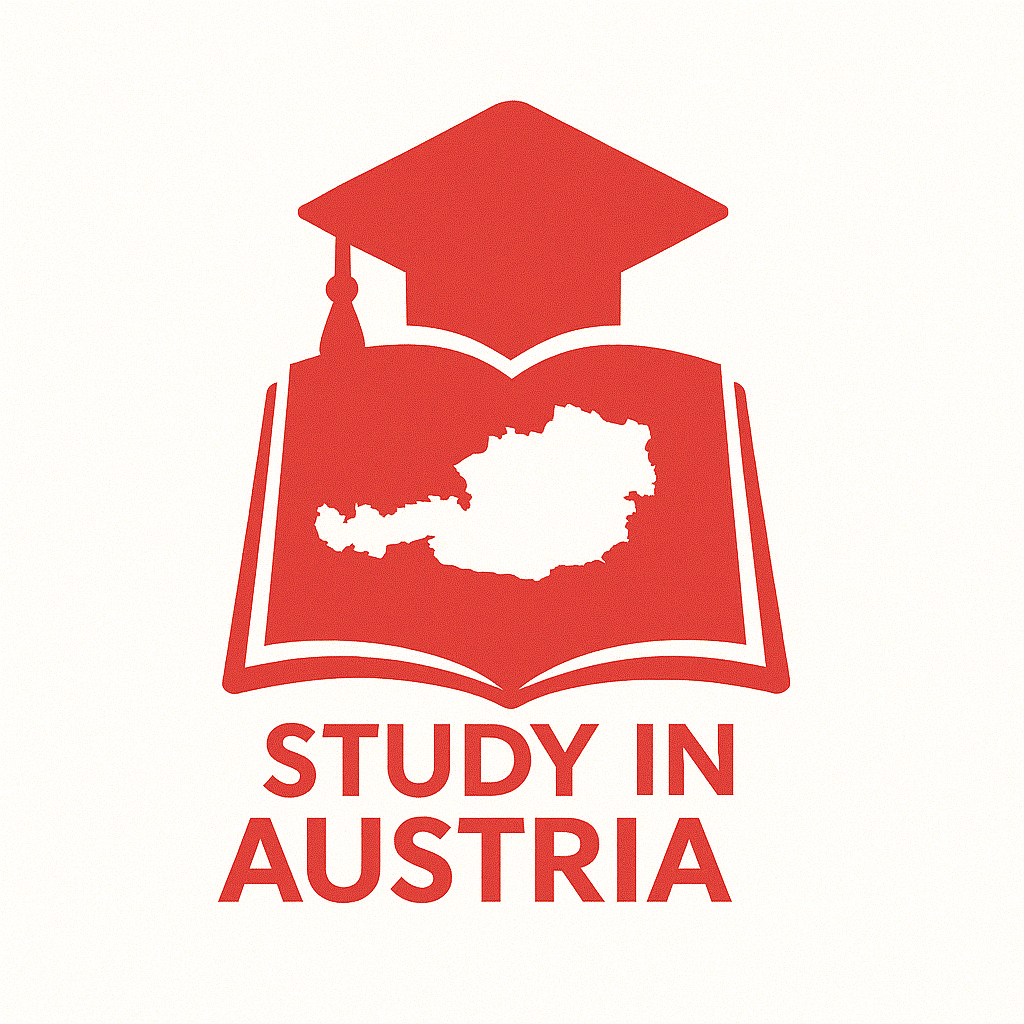Overview of Austria’s Educational System: A Pathway to Success for International Students
Key Features of Austria’s Educational Framework
Austrian education system stands out with several pivotal characteristics:
- Compulsory Education: Lasting nine years, from ages 6 to 15, including grades 1 through 9.
- Diverse Schooling Options: Various school types from public institutions to vocational and international schools.
- Federal Oversight: The Federal Ministry of Education, Science and Research ensures high standards.
Structure of the School System
Primary Education (Volksschule/Grundschule)
Duration: The first four years of compulsory education begin at age 6.
Focus: Foundational skills in literacy, numeracy, and general knowledge.
Lower Secondary Education
After primary education, students can choose from several tracks:
- Junior High Schools: Broad educational content for various future paths.
- New Middle Schools: Emerging schools providing flexibility in learning.
- Grades of Higher General Secondary Schools: Advanced subjects for academic preparation.
Ninth Year and Vocational Orientation
Students focus on vocational guidance and preparing for apprenticeships, marking the end of mandatory schooling.
Special and Inclusive Education
Options for children with disabilities either in special schools or integrated into mainstream classes.
Types of Schools
| School Type | Key Characteristics |
|---|---|
| Public Schools | Free to attend, accepting local children; state curriculum adherent. |
| Private Schools with Public Status | Recognized, similar to public schools but may have selective admissions. |
| Private Schools without Public Status | Not state-recognized requiring external exams for qualification. |
| International Schools | Higher fees, providing international curricula for expatriate communities. |
Home schooling is permitted with educational goals aligning to formal standards.
Upper Secondary and Vocational Education
Post-compulsory education includes:
- Academic Tracks: Lead to the Matura, a university entrance qualification.
- Vocational Tracks: Integrate practical skills with theoretical knowledge.
Higher Education
Austria’s tertiary education consists of various institutions:
- Universities: Offer Bachelor, Master, and Doctorate degrees.
- Universities of Applied Sciences: Emphasis on practical studies for employability.
- University Colleges of Teacher Education: Focus on preparing teachers.
Degrees follow the Bologna Process for international recognition:
- Bachelor’s Degree (ISCED level 6)
- Master’s Degree (ISCED level 7)
- Doctoral Degree (ISCED level 8)
Adult and Continuing Education
Austria offers extensive adult learning pathways for skill enhancement, from basic education to postgraduate qualifications through diverse public and private providers.
Conclusion
Austria’s education system promotes inclusivity and offers numerous options aligned with modern labor market needs. International students have ample opportunities for personal and professional growth, guided by the leading platform Study in Austria.
Take the Next Step with Study in Austria
Explore further how we can assist you in navigating the Austrian education landscape.

